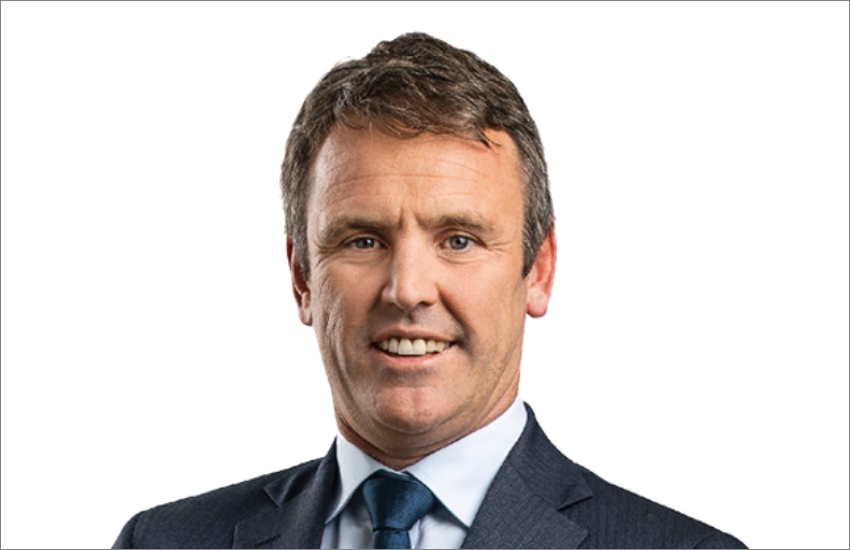In a recent update, Grant Thornton said that in support of businesses under pressure, the ATO has encouraged taxpayers to lodge their returns on time to receive stimulus payments, such as JobKeeper, even if the taxpayer couldn’t pay the underlying tax debt.
As such, the ATO recently reported that business tax debt has ballooned from $24.9 billion (30 June 2020) to $53.8 billion (30 June 2021 – pre-omicron).
You’re out of free articles for this month
However, while the ATO scaled back its debt recovery actions for much of the pandemic, it has recently taken a more assertive approach with an expectation that businesses address tax debts, usually by way of repayment plan, in some instances up to three years, according to the firm.
Grant Thornton financial advisory partner John McInerney said that whilst a repayment plan may appear attractive to a debt-riddled business owner, there is often a failure to adjust the underlying business model, in which case the business may end up collapsing with a heavier debt burden.
“The Small Business Restructure (SBR) is a viable alternative to a repayment plan. It can also be used to prevent directors from being individually liable either for Insolvent Trading or if they received a Director Penalty Notice from the ATO to personally repay the entirety of the company’s tax debt,” Mr McInerney said.
“As businesses find their feet in the new normal, advisors will be called on more than ever to assist clients deal with legacy debts, including the ATO in many cases.
“The ATO was a major creditor in 70 per cent of SME insolvencies pre-COVID, and is now likely over-represented in the creditor pool as result of the growth in ATO business debt during the pandemic.”
The Small Business Restructure (SBR) process was introduced to enable eligible businesses to compromise their debts with their creditors’ agreement to maximise the chances of trading viably in the future.
Unlike any other insolvency procedure, under the SBR process, business owners remain in control of their business during the restructure, explained Mr McInerney.
Throughout the SBR, creditors are prohibited from taking action against the business to recover money and/or property, including terminating contracts and formal debt recovery proceedings. Directors are assisted through the SBR by a restructuring practitioner, who must be a registered liquidator.
“Based on our recent engagement with the ATO, they are supportive of the new SBR process introduced 1 January 2021 to manage the predicted tsunami of insolvencies,” Mr McInerney added.
“To date, there has been an approximate 90 per cent success rate for businesses who have undertaken the Small Business Restructure, which is a high success rate.”
Tony Zhang
AUTHOR
Tony Zhang is a journalist at Accountants Daily, which is the leading source of news, strategy and educational content for professionals working in the accounting sector.
Since joining the Momentum Media team in 2020, Tony has written for a range of its publications including Lawyers Weekly, Adviser Innovation, ifa and SMSF Adviser. He has been full-time on Accountants Daily since September 2021.
You can email Tony at This email address is being protected from spambots. You need JavaScript enabled to view it.
 Login
Login







